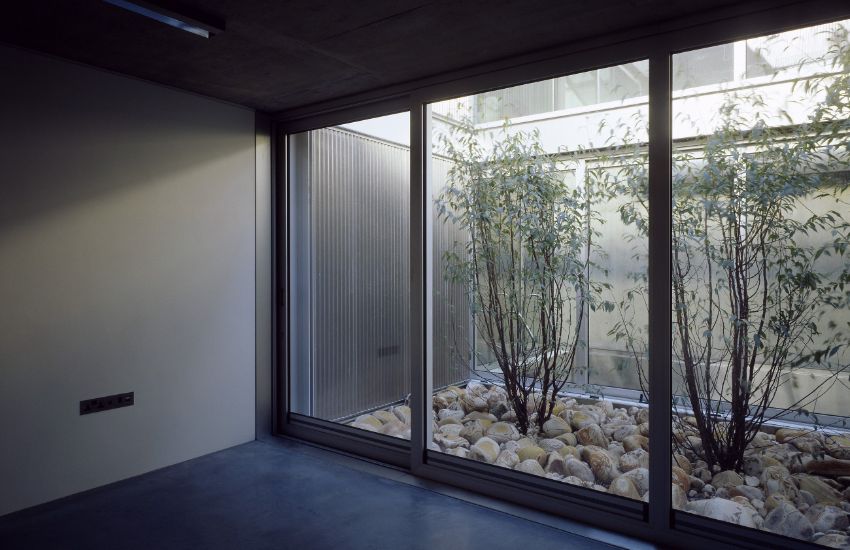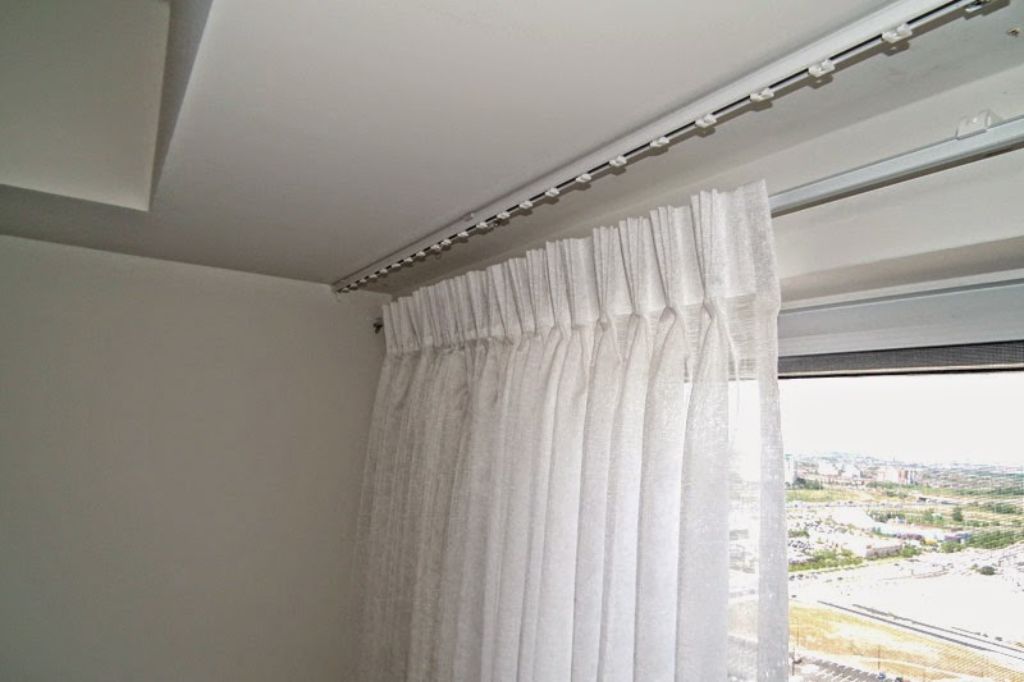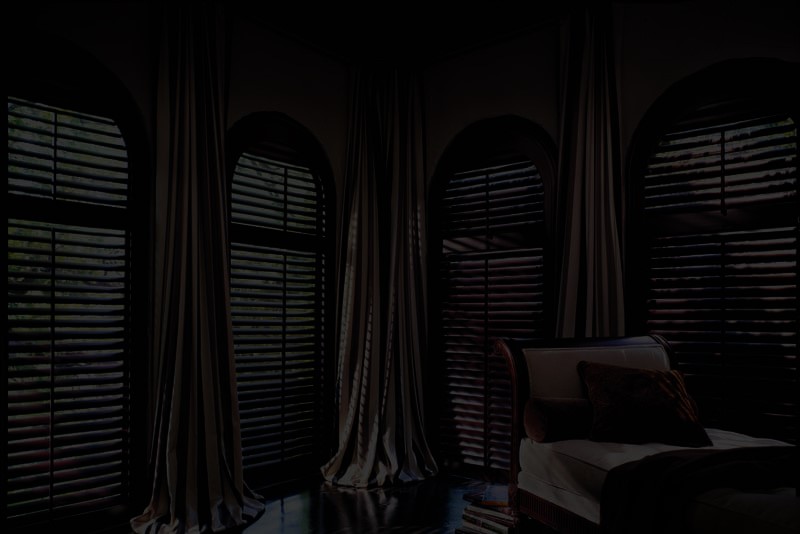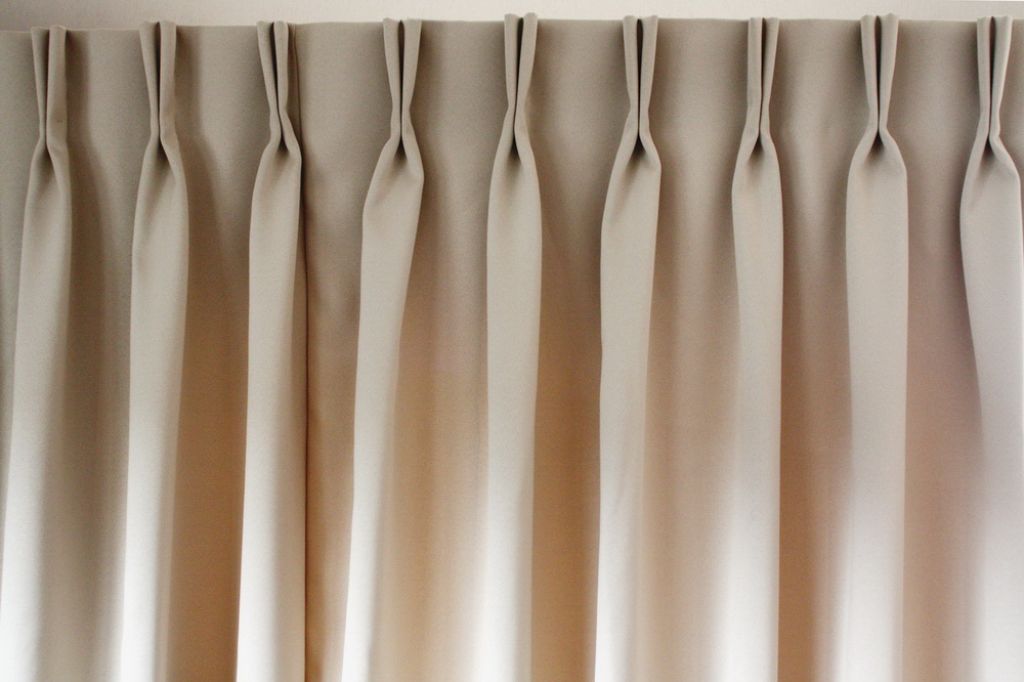If your home has plenty of natural light, you know how important it is to find drapes that match your design and block the sun’s rays. Whether you have large windows or a sunny area that heats up quickly, we have eleven curtain types to help you block the sun’s glare and heat. Let’s learn how to make your house protected from the sun by a curtain with Dubai Curtain. Here we will tell you a soothing getaway in this regard without losing style at any point.
10 Different Types of Curtains That Protect Against Direct Sunlight
The appropriate curtains can shelter your house from direct sunshine. These 10 stylish curtains filter UV rays and can give beauty to any area.
Blackout Curtains
These thick, heavy-duty blackout drapes are ideal for bedrooms or other gloomy environments. They effectively block out sunlight and help regulate indoor temperature.
Thermal Curtains
Designed with insulating properties, thermal curtains keep heat out during summer and maintain warmth in winter.
Sheer Curtains
If you prefer a softer look while still blocking some sunlight, sheer curtains are an ideal choice. They let natural light filter through while maintaining privacy.
Solar Shades
Solar shades are made from special materials that absorb or reflect sunlight, reducing glare without sacrificing visibility or obstructing views.
Roman Shades
These fabric-based window coverings can be adjusted to control how much light enters a room while adding a touch of sophistication to your decor.
Bamboo Blinds
With their natural woven texture, bamboo blinds offer a stylish way to limit direct sunlight exposure while creating a warm ambiance in your space.
Honeycomb Shades
Also known as cellular shades, these unique window treatments feature insulating pockets that trap air and minimize heat transfer from outside, making them an energy-efficient option for sun protection.
Plastic Film Window Coverings
An economical solution for protecting against direct sunlight is using plastic film window coverings that adhere directly to windows’ glass surfaces.
Vertical Blinds
Ideal for large windows or sliding doors, vertical blinds can easily adjust the amount of filtered light into space by tilting the slats at various angles
Sun-blocking Liners
Attachable liners made specifically for existing curtain panels give extra insulation against intense sun rays by reducing ultraviolet (UV) penetration. You can pick from a range of curtain fabrics and styles that work best for you.
The Benefits of Curtains That Protect Against Direct Sunlight
Sun-blocking curtains assist homeowners. They first protect furniture, floors, and other home things from UV radiation. The correct curtains may protect your items from sun damage.
- These curtains also control house temperature. In summer, direct sunshine can heat a space dramatically. These curtains keep your rooms cool by concealing the sun’s heat and UV light.
- These curtains give seclusion and temperature control. When drawn closed, they prevent outsiders from peering into your home, allowing natural light to filter through. This is specifically important if you live in a densely populated area with windows facing busy streets.
- Choose drapes that exclude direct sunlight to adjust room lighting. These adaptable window coverings can help create a bright and airy ambiance or a warm one by lowering the lighting.
- Installing such curtains gives you flexibility in terms of design options. Various styles available today cater specifically to protecting against direct sunlight while enhancing your interior decor simultaneously.
With so many benefits at hand – preserving furniture quality, regulating temperature effectively, ensuring privacy without compromising on natural lighting sources – it’s clear why opting for curtains that protect against direct sunlight is an excellent investment for every homeowner!
How to Alter Any Curtain at Home to Prevent Sunlight?
When protecting your home from direct sunlight, altering your curtains can be a simple and cost-effective solution. You can make a few adjustments to transform any curtain into a shield against those harsh rays.
- One way to alter your curtains is by adding a blackout lining. This thick material blocks out the sun’s rays, ensuring maximum protection for your space. You can easily attach this lining to the back of your existing curtain using fabric glue or sewing it on with a needle and thread.
- Another option is to use thermal linings. These linings block out sunlight and help regulate the temperature in your home by insulating against heat loss or gain. You can sew or attach these linings to the back of your curtains for added protection.
- If you want to go for a more DIY approach, you can create tiebacks using blackout fabric or even aluminum foil. By tying these around the middle of each curtain panel during peak sunlight hours, you’ll effectively reduce the amount of light entering through gaps.
- For crafty people, consider creating decorative valances that cover the top portion of your windows entirely. These valances can be made from heavy-duty fabrics such as velvet or suede and serve as an extra barrier against direct sunlight.
- Remember that altering curtains at home doesn’t always involve complicated techniques; sometimes, even small changes can make a big difference! For instance, attaching magnetic strips along the edges of curtains allows them to stick closely together when closed, preventing light from seeping through gaps.
How to Choose Home Curtains?
There are many variables to consider while purchasing house curtains.
- Consider your windows’ daily sunlight first. Choose curtains that shelter your windows from direct sunshine. Blackout curtains exclude all sunlight. These are great for bedrooms, home cinemas, and other gloomy places. Thermal curtains restrict light and insulate your house.
- If you prefer natural light but want sun protection, sheer curtains could be a great fit. Sheer fabrics allow light through while offering some privacy and filtering UV rays. Additionally, there are solar shades available that provide excellent sun protection while maintaining visibility outside.
- Consider curtain color and design. Dark hues absorb heat, whereas bright or neutral colors reflect sunlight. Patterns give your space character.
- Don’t forget about functionality and ease of use when selecting curtains. Look for options with easy-to-operate mechanisms like grommets or rod pockets for hassle-free opening and closing.
Conclusion
Whether adding blackout linings, utilizing thermal options, or creating DIY tiebacks or valances, every little alteration counts towards keeping excessive light at bay while maintaining style and functionality in your home decor scheme. By carefully considering sunlight exposure, fabric type, color/patterns, and functionality, you can choose curtains that protect against direct sunlight and enhance your home’s aesthetic appeal!




